Why did two trains collide in Salisbury?
Investigation suggests ‘wheel slide’ was key factor in ‘rare’ crash
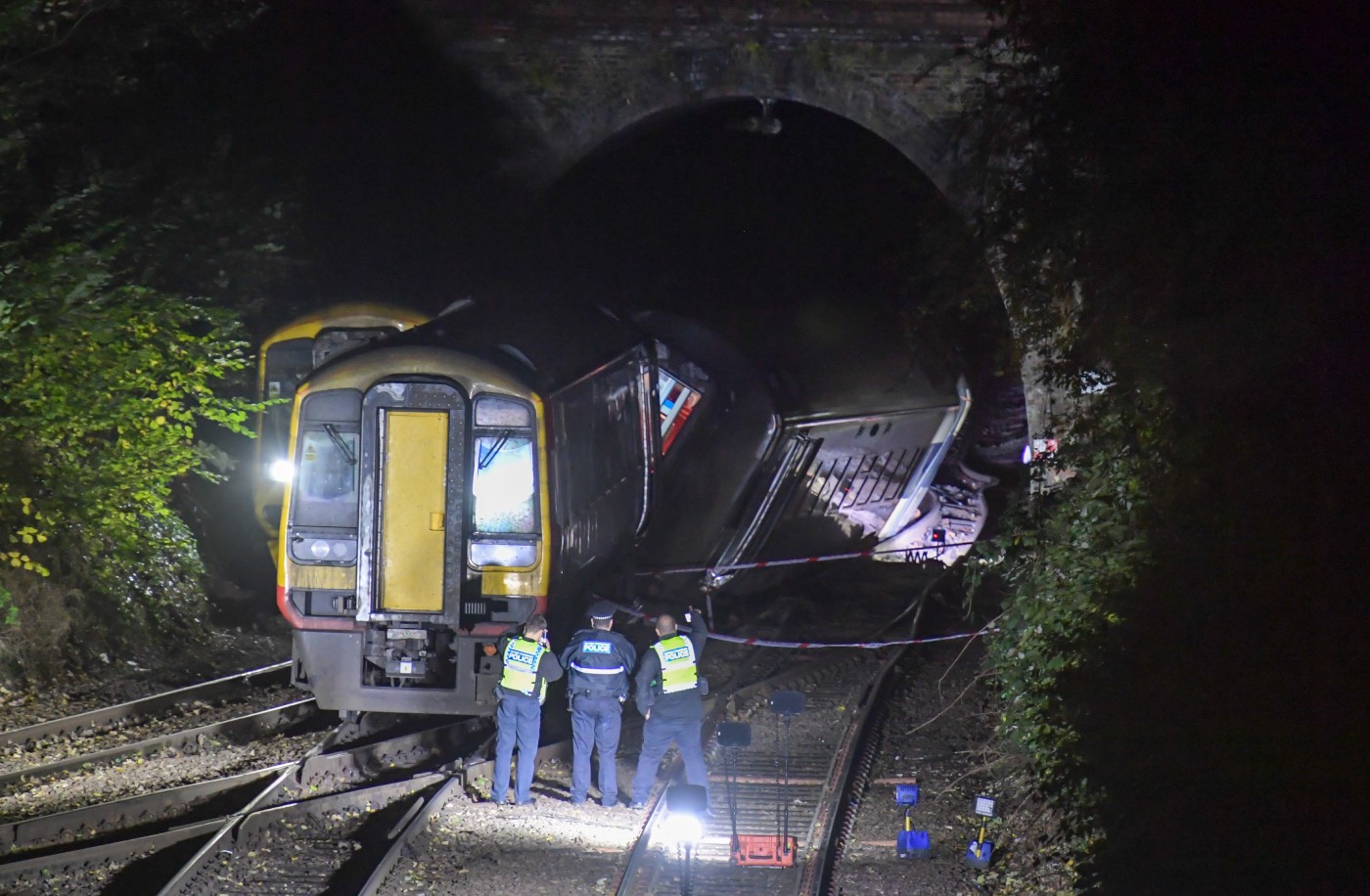
Leaves on the line may have been the cause of a train crash in Salisbury that left a train driver with life-changing injuries, investigators have said.
Inspectors from the Rail Accident Investigation Branch (RAIB) said an initial probe found “low adhesion between the wheels and the track” contributed to a South Western Railway (SWR) train colliding with a Great Western Railway (GWR) train at Fisherton tunnel, close to the centre of Salisbury, on Sunday.
Low adhesion of this kind is “most often caused by leaves on the line”, The Guardian said.
The Week
Escape your echo chamber. Get the facts behind the news, plus analysis from multiple perspectives.

Sign up for The Week's Free Newsletters
From our morning news briefing to a weekly Good News Newsletter, get the best of The Week delivered directly to your inbox.
From our morning news briefing to a weekly Good News Newsletter, get the best of The Week delivered directly to your inbox.
Rail investigators are working to establish the cause of the crash between two trains on Sunday that led to at least 13 people needing hospital treatment in Salisbury.
Passengers were thrown from their seats and one driver had to be cut out of his cabin after the GWR and SWR services collided in the “first significant crash between two moving trains” in 20 years, the paper added.
Fourteen out of the 92 passengers on both trains needed hospital treatment, but there were no fatalities.
Police said a major incident had been declared but “thankfully there have been no fatalities”. A number of people were injured and a casualty centre was opened at a nearby church. “Most of these people are walking wounded. However, a small number, including the driver, have been taken to hospital where their injuries are being assessed,” they added.
A free daily email with the biggest news stories of the day – and the best features from TheWeek.com
‘A massive bang’
Emergency services were called at around 6.45pm on Sundayafter a SWR train from London Waterloo to Honiton, Devon, ran into a GWR train from Southampton to Cardiff as they entered the Fisherton tunnel.
Initially, a Network Rail spokesperson said a train had “derailed after striking an object on its approach to Salisbury station”, which “knocked out all of the signalling in the area”.
But inspectors investigating the crash found that “wheel slide” caused the SWR train to run 220 metres past a red stop signal before hitting the GWR train, despite efforts by the SWR driver to stop, causing both trains to derail.
The preliminary investigation revealed that the GWR service “should have been protected” by a red light at the junction before Fisherton tunnel, according to the BBC. But the train did not stop at the red light as “low adhesion” caused it to “slip through”.
The SWR driver was said to have an “excellent professional track record” and had driven for the company for over 50 years. SWR said it hoped the RAIB investigation would “stop speculation” over whether the driver had responded correctly to signals.
The driver, 74-year-old Robin Tandy, was “gravely injured” during the incident, reported The Telegraph. He was airlifted to University Hospital Southampton “after being cut from his cab”, said the paper. Police described his injuries as “life-changing”.
Preliminary analysis showed the driver “initially applied service braking to slow the train before reaching the stop signal and that around 12 seconds after, he made an emergency brake demand”, reported the BBC.
This was followed by “a second emergency brake demand made by the train protection and warning system”. The SWR service then struck the GWR train at around 5.20pm.
One passenger told the BBC there was panic in the carriages as everything went black and people were thrown forwards and hit their heads, while another said she was thrown against a wall and that a three-week-old baby was rescued.
Morgan Harris, 20, was thrown from his seat. He told The Guardian: “It was all going along normally then all of a sudden there was a massive bang and all of the lights went out,” he said. “There [were] sparks and flames from where we had come off the track.”
One woman who was walking with her children around a kilometre from the scene said it was “a noise we’ve never heard before”, likening it to a bomb. “There was no screeching like brakes, just a long rumbling sound like thunder hitting the railway line,” she said.
‘Huge questions’
There are “huge questions about how the accident occurred”, said local news site WiltshireLive. It noted that the crash “came after a day of wet and windy weather across the region, with roads shut due to flooding and reports of fallen trees on the tracks in some parts”.
According to the Rail Delivery Group, a leading rail industry body, low adhesion can be caused by “moisture on the rail mixing with the film produced by ‘leaves on the line’ or other contaminants, such as rust or grease”.
This can become worse during the autumn months, Gareth Dennis, a railway engineer and writer, told The Guardian, adding: “Given the season, I would put money on leaf fall. You get a mulchy paste forming on the rails, which is an incredibly effective lubricant.”
Metro said there are claims that the first train had been derailed for seven minutes before it was hit. “Questions are being asked over why red lights in the area did not kick in and alert the driver of the second train that the track was blocked.”
One senior Network Rail engineer told MailOnline, on condition of anonymity, that the signalling system should have automatically stopped the second train and set all signals to red. They claimed only a “major flaw” could have caused the crash.
But Martin Frobisher, the group safety and engineering director, technical authority at Network Rail, told BBC Radio 4’s Today programme that it’s “far too early to speculate” what caused the incident, adding that there was “a lot of contradictory information” in the early stages of an investigation.
“We’re obviously starting now a very detailed and forensic investigation into what happened,” he said. “The Rail Accident Investigation Branch are on site and they’re incredibly thorough in the work that they do.”
Frobisher added that “these events are very rare, because we follow it up very, very carefully, and make sure that we do everything possible to prevent it for the future”.
Transport Secretary Grant Shapps also tweeted: “We need to understand how this happened to prevent in the future.”
Rare events
Martin Frobisher, Network Rail’s safety and engineering director, said on Tuesday that low adhesion was an issue that “affects railways across the world” and was something railway bodies and train operators “work hard to combat”.
Adding that incidents like the Salisbury crash are “incredibly rare”, he said: “We will continue to work closely with investigators to understand what happened and what more we can do to help prevent this happening again.”
Train crashes are unusualin Britain, said The Times, but there have been a number of fatal accidents over the past decade.
In August 2020, three people died and six other people were injured when an Aberdeen to Glasgow service crashed into a landslide caused by torrential rain.
In April 2016, 42 passengers and six staff were injured after a train hit a stationary train at Plymouth Station. The Rail Accident Investigation Branch said in that incident the driver “lacked the experience to quickly recognise the identity of the platform occupied”.
-
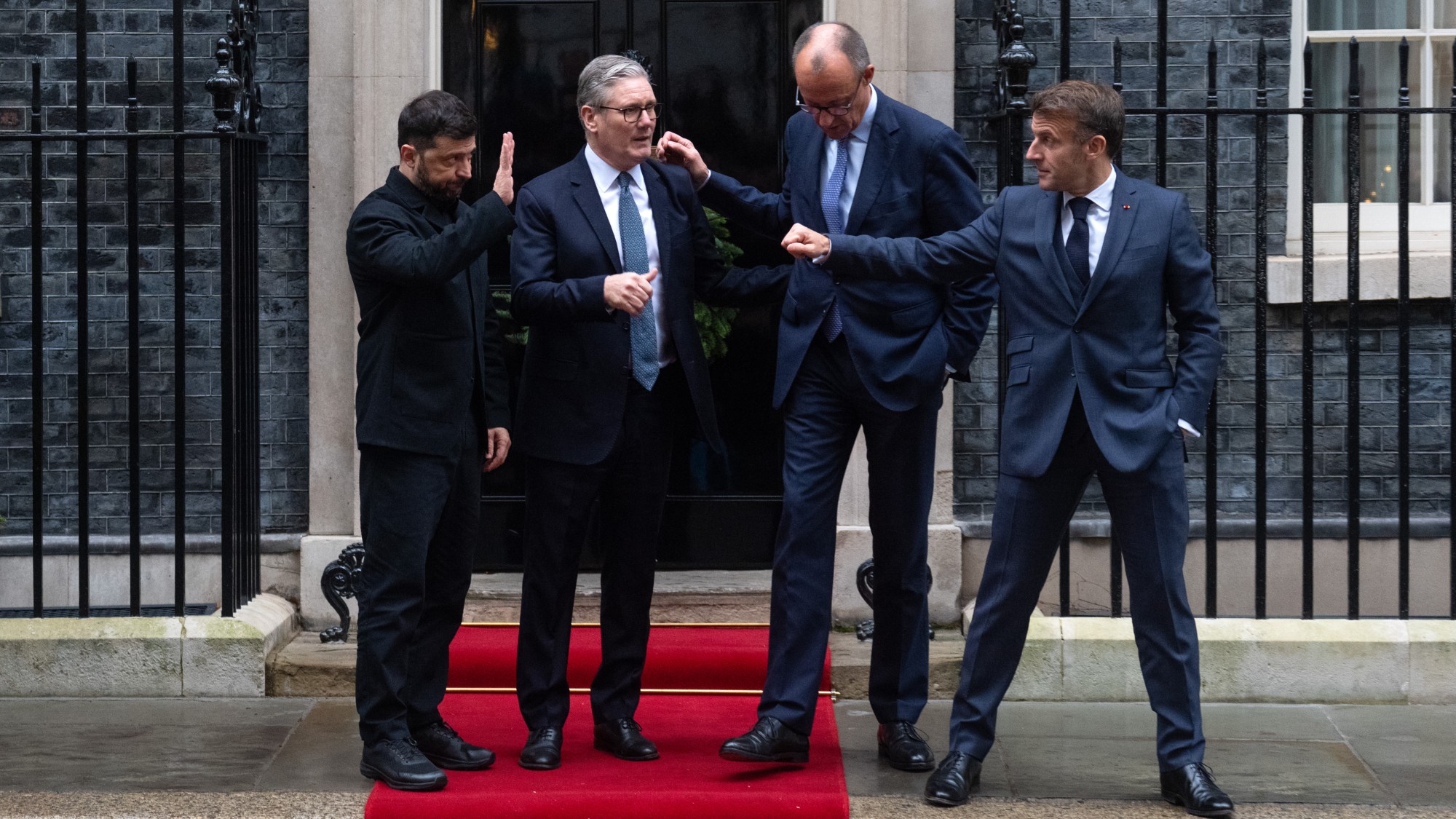 Will there be peace before Christmas in Ukraine?
Will there be peace before Christmas in Ukraine?Today's Big Question Discussions over the weekend could see a unified set of proposals from EU, UK and US to present to Moscow
-
 Quiz of The Week: 6 – 12 December
Quiz of The Week: 6 – 12 DecemberQuiz Have you been paying attention to The Week’s news?
-
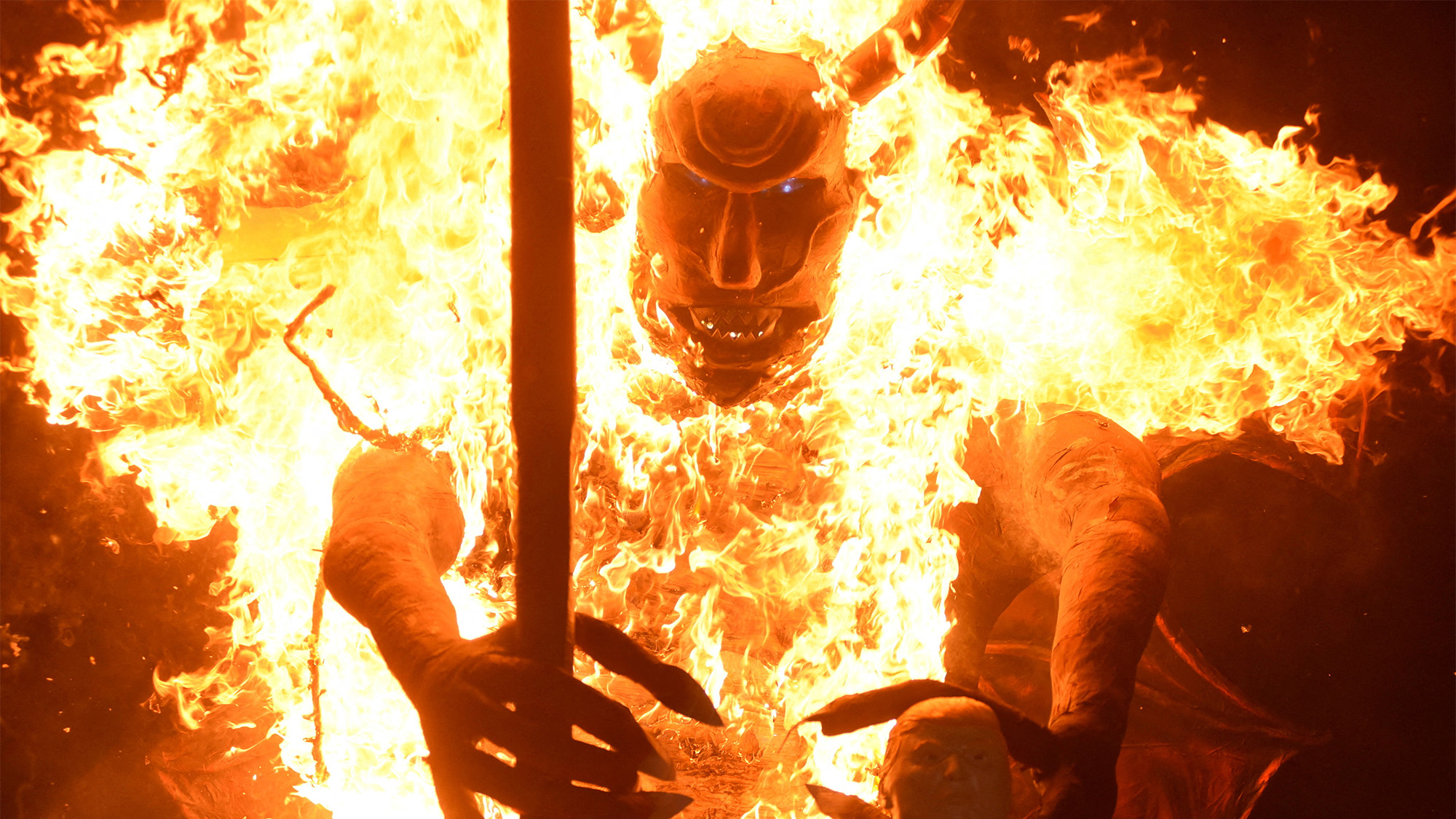 The week’s best photos
The week’s best photosIn Pictures A man's best friend, the elephants in the room, and more
-
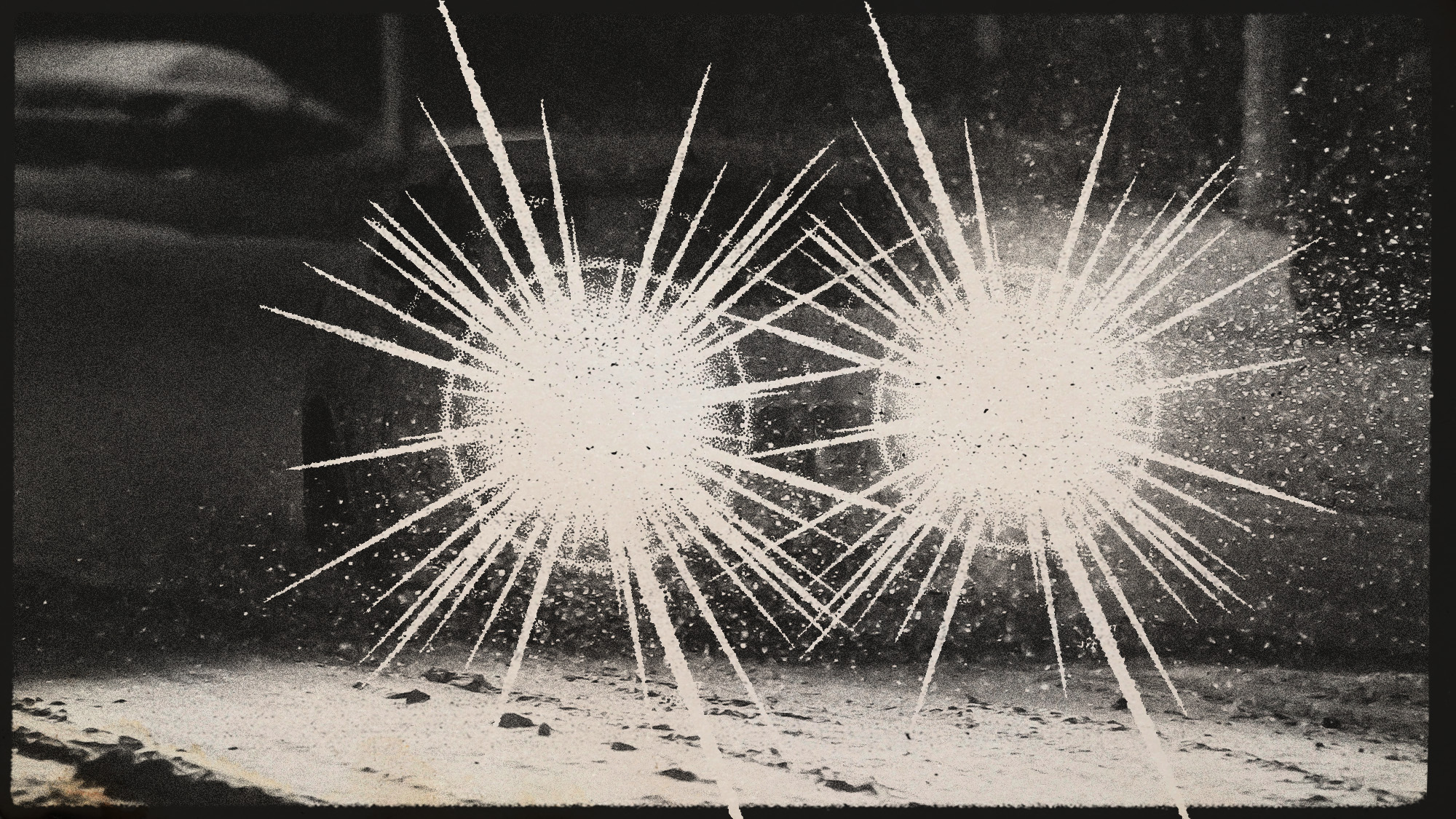 Are car headlights too bright?
Are car headlights too bright?The Explainer 82% of UK drivers concerned about being ‘dazzled’ as LED bulbs become more common
-
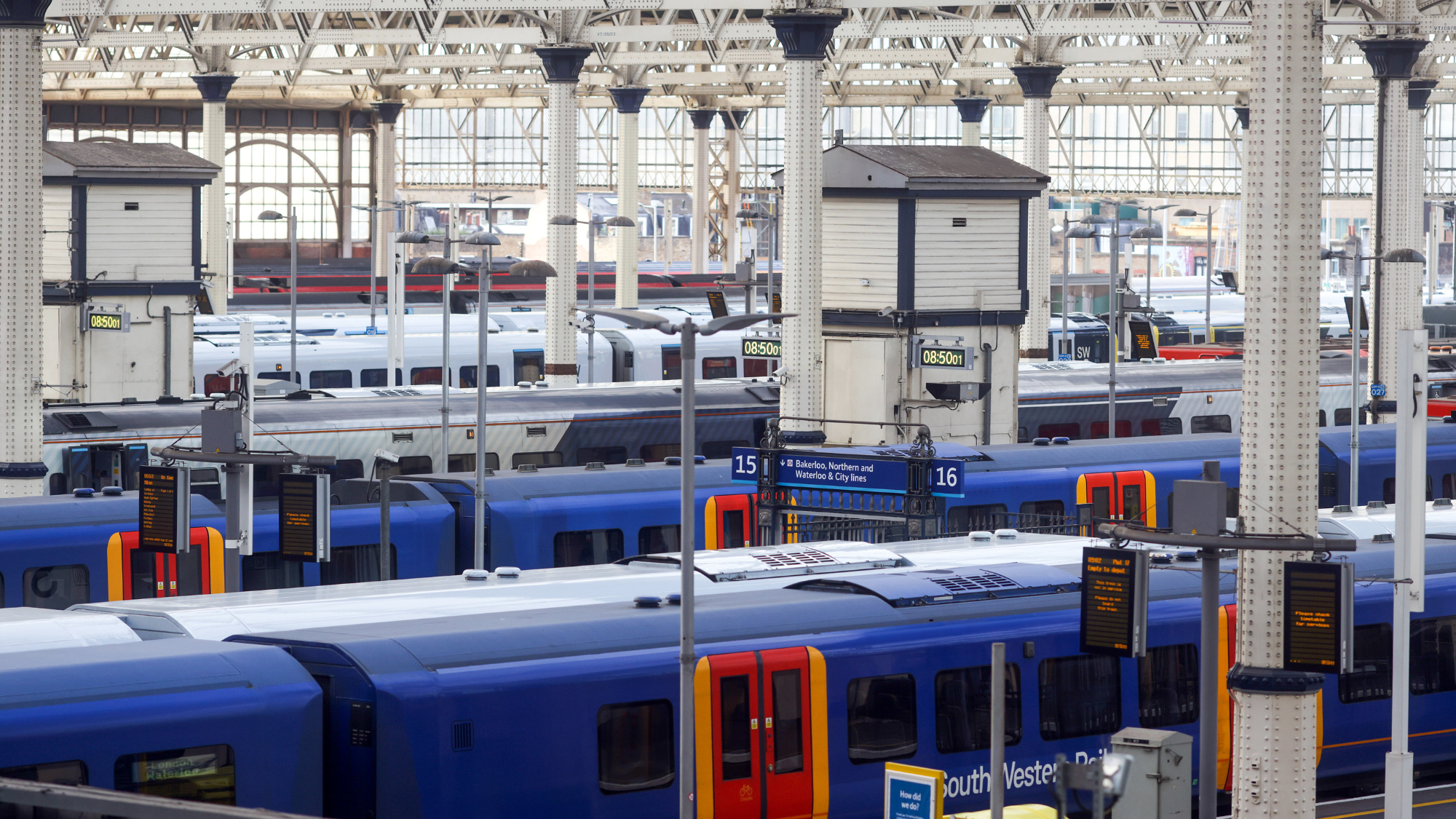 Is it finally all change for train Wi-Fi?
Is it finally all change for train Wi-Fi?In The Spotlight South Western Railway's 5G Wi-Fi service has changed the way passengers connect – but will the new system catch on?
-
 Why are feds cracking down on SUVs and big trucks?
Why are feds cracking down on SUVs and big trucks?Today's Big Question Pedestrian deaths have risen sharply since 2009
-
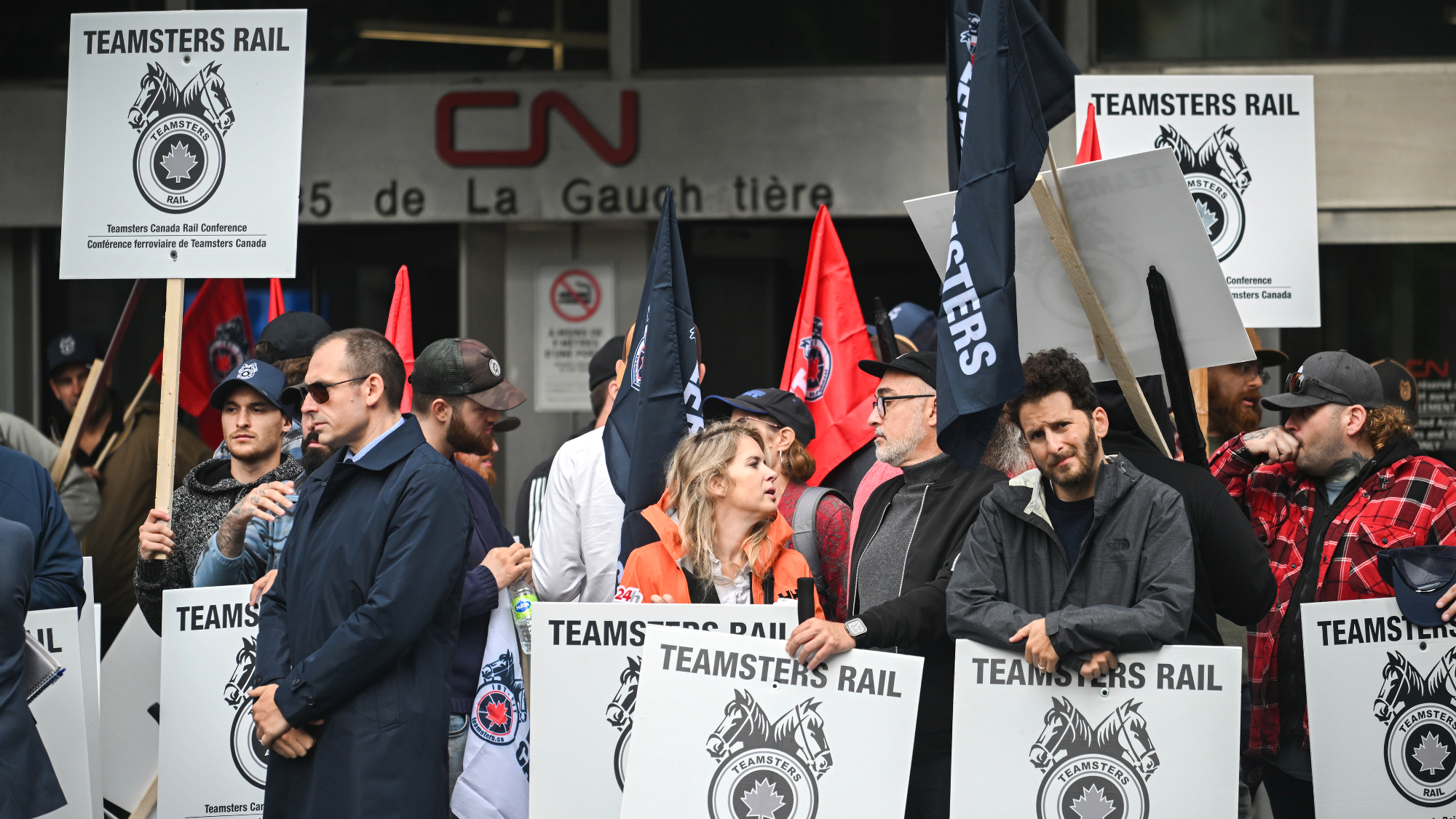 Brief Canada rail lockout ends with arbitration
Brief Canada rail lockout ends with arbitrationSpeed Read A prolonged shutdown could have threatened the country's supply chain
-
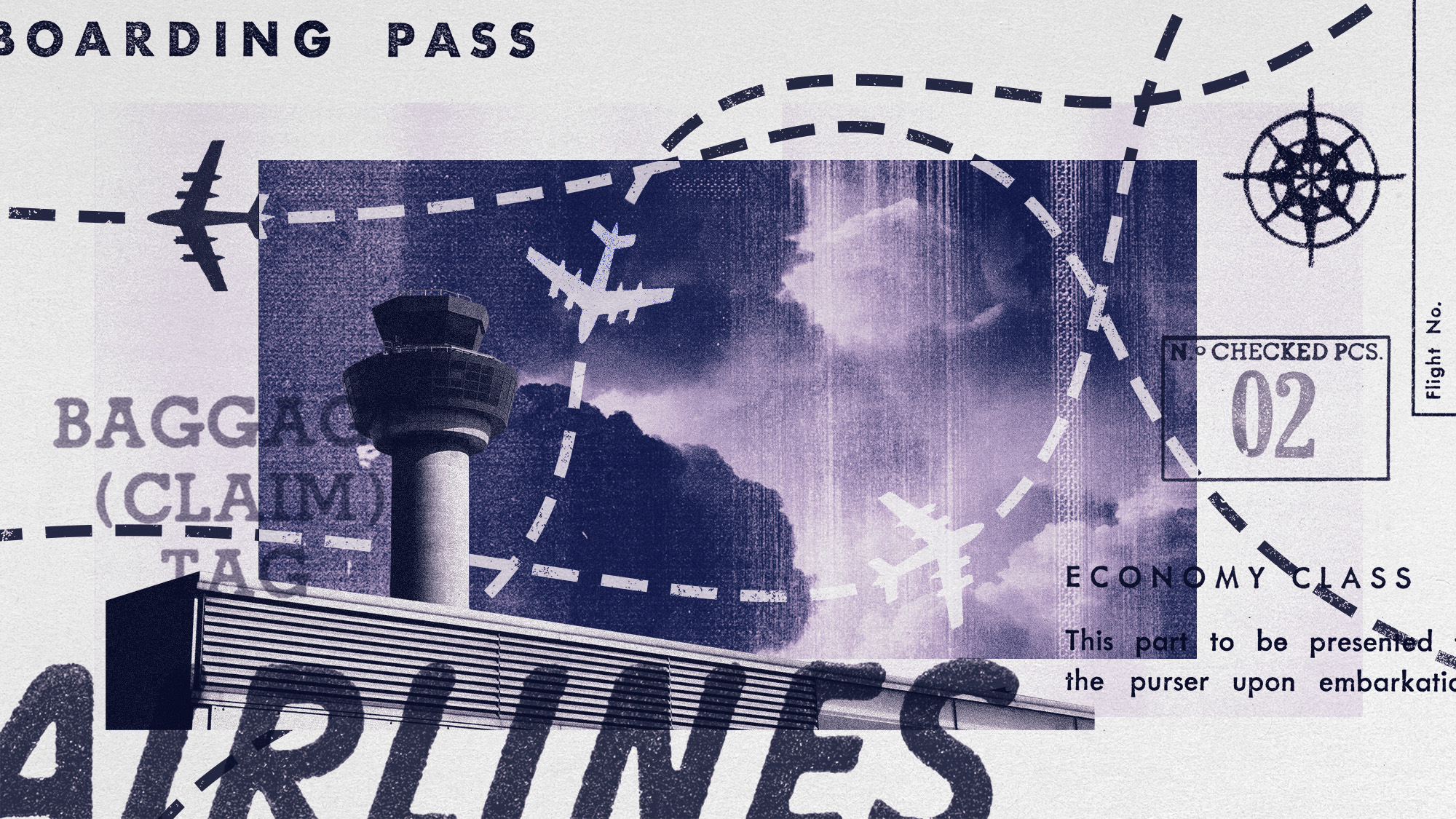 How turbulence will change air travel
How turbulence will change air travelUnder The Radar Ban on children sitting on laps among a raft of changes as turbulence expected to rise
-
 US to require automatic braking on new cars
US to require automatic braking on new carsSpeed Read 'We're living through a crisis in roadway deaths'
-
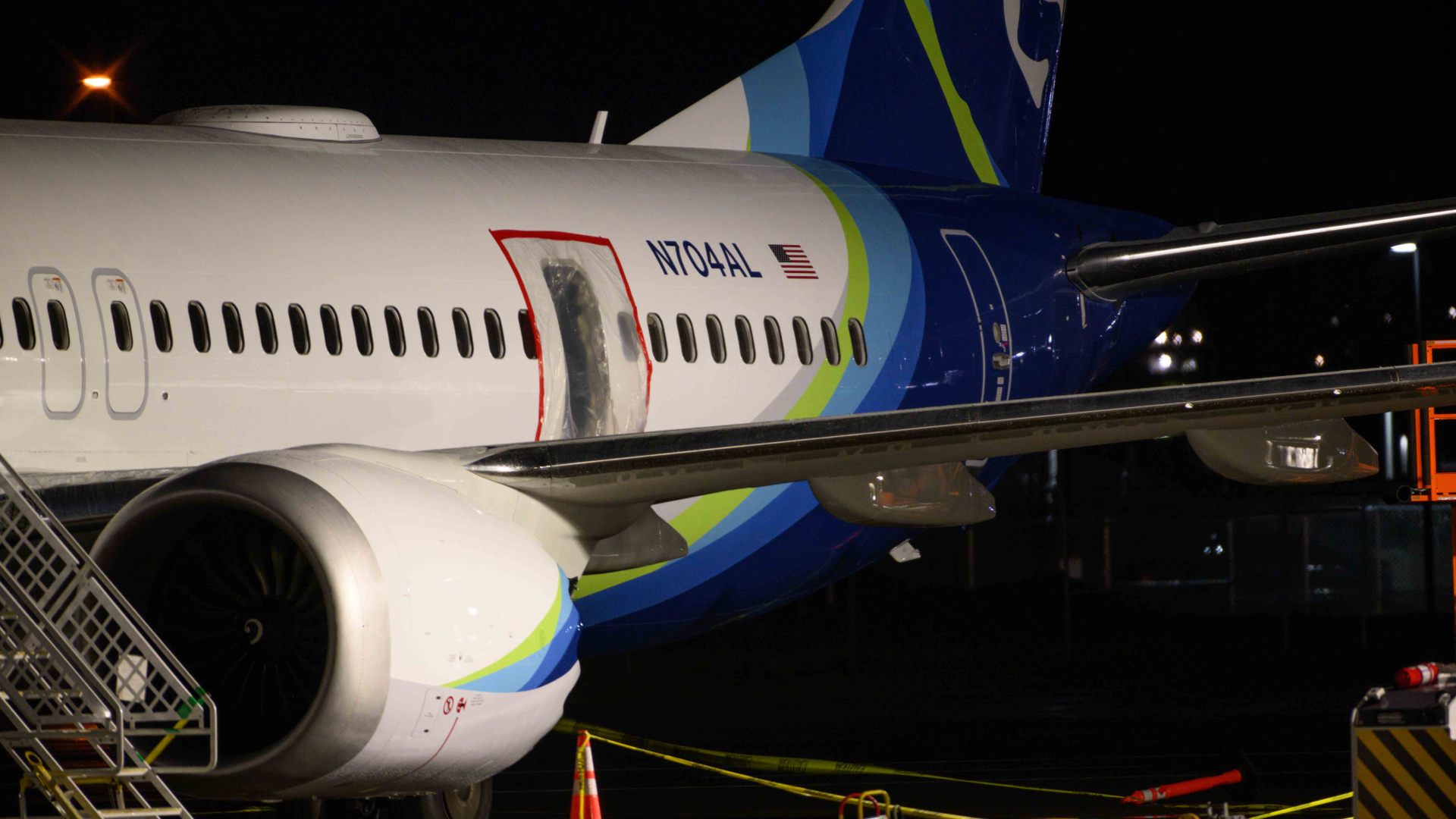 United and Alaska find loose bolts on Boeing 737 Max 9s grounded after midair blowout
United and Alaska find loose bolts on Boeing 737 Max 9s grounded after midair blowoutSpeed Read Preliminary inspections of Max 9 emergency door plugs suggest a possible broader problem with how the aircraft were assembled or modified
-
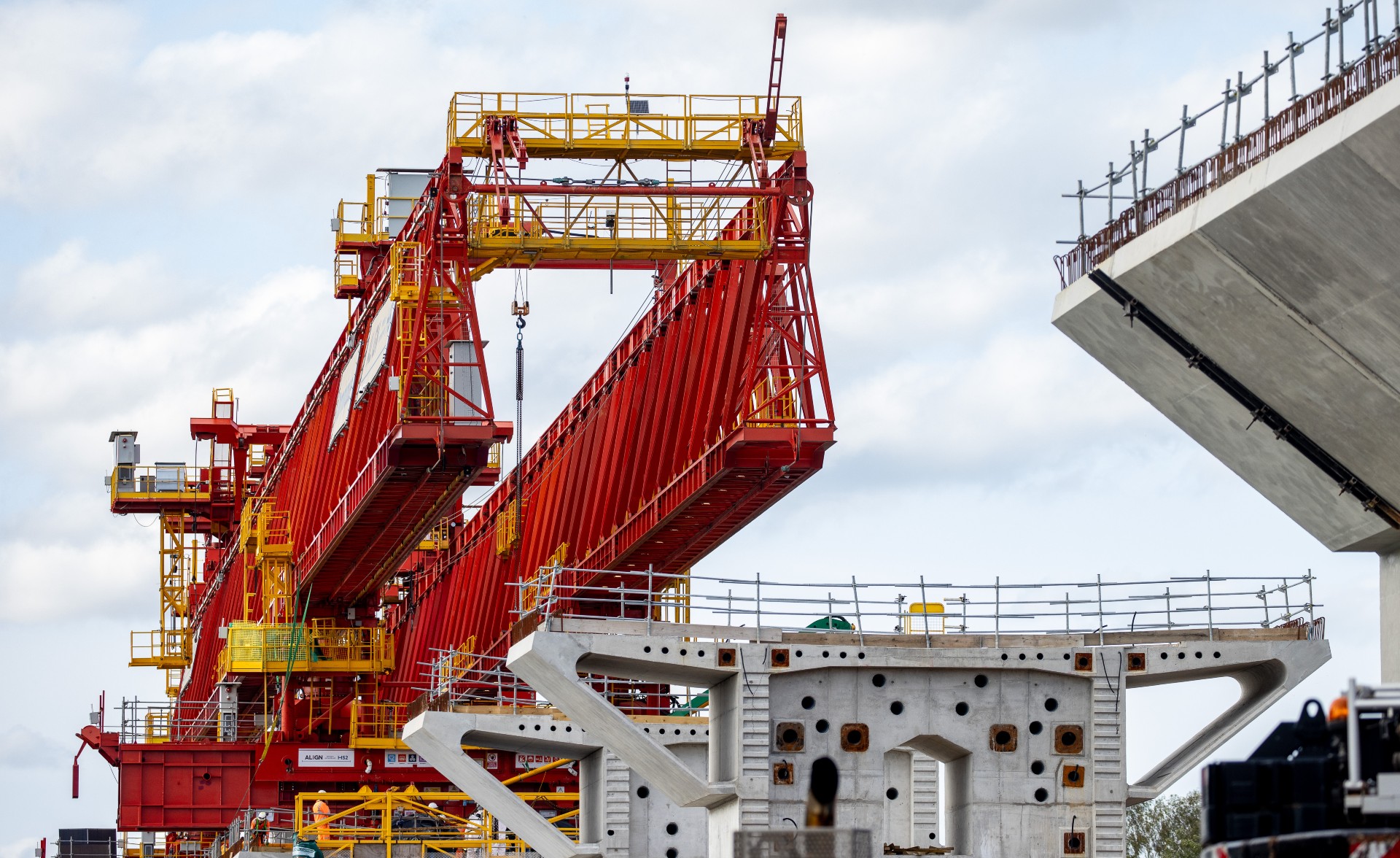 HS2: a runaway train
HS2: a runaway trainTalking Point PM may cut Manchester to Birmingham line of beleaguered rail project due to spiralling costs